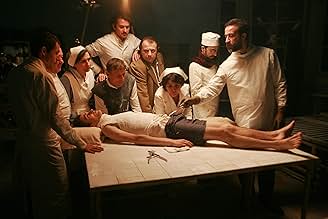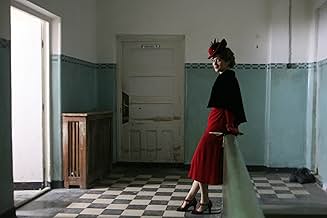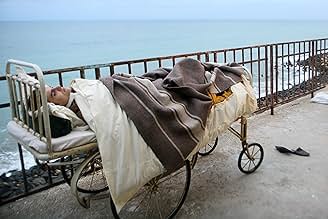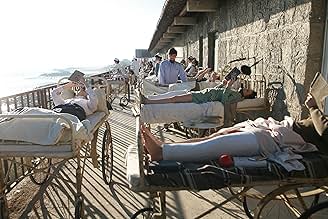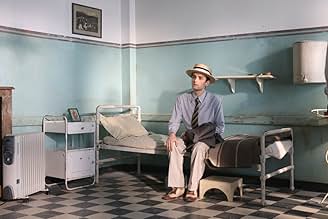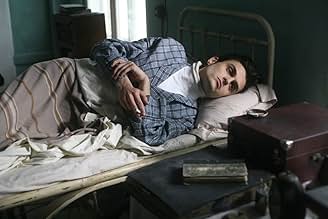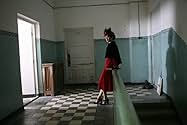Emanuel verbringt seine Tage in einem Sanatorium. Dort verliebt er sich in einen anderen Patienten und erzählt, wie er und seine Mitpatienten versuchen, das Leben voll auszukosten. Auch wenn... Alles lesenEmanuel verbringt seine Tage in einem Sanatorium. Dort verliebt er sich in einen anderen Patienten und erzählt, wie er und seine Mitpatienten versuchen, das Leben voll auszukosten. Auch wenn die Kräfte ihrer kranken Körper langsam schwinden, weigert sich ihr Geist jedoch, aufzuge... Alles lesenEmanuel verbringt seine Tage in einem Sanatorium. Dort verliebt er sich in einen anderen Patienten und erzählt, wie er und seine Mitpatienten versuchen, das Leben voll auszukosten. Auch wenn die Kräfte ihrer kranken Körper langsam schwinden, weigert sich ihr Geist jedoch, aufzugeben.
- Auszeichnungen
- 11 Gewinne & 14 Nominierungen insgesamt
- Pacient
- (as Alexandru Bogdan)
- Priest
- (as Damian Oancea)
Empfohlene Bewertungen
This is the basic premise of the story, and anyone going in with little knowledge of Romanian New Wave cinema may walk in assuming Scarred Hearts is going to be a My Left Foot () type cinematic exercise. The kind of exercise that nowadays feels like a vanity project for Oscar hopefuls crossing their fingers and hoping this might be their year.
Yet Scarred Hearts isn't really that kind of movie. The story is almost entirely from the perspective of Emanuel but so much of the film is shot with an almost clinical distance. Only twice are we given a close-up of our protagonist's face and both times they are in times of emotional or physical distress. Otherwise the camera sets itself in the corner of a room and waits for the denizens of the hospital to populate the screen and walk across our stagnant panorama.
It's an interesting choice, and it doesn't really work given most of the characters are bedridden or somewhere close to it. There are times when placement of the camera almost feels uncomfortably voyeuristic. What this kind of distance does do is it allows the ensemble to truly interact with each other in meaningful ways. Emanuel goes through his own existential crisis but if you're not really into where the script is taking you, there are many smaller stories hidden within the frames besides one's struggle for meaning.
It's Altman-esque only with an unmistakably Eastern European flavor. As the film and its characters fill their respective groves, politics is then suddenly inserted into the text just to see what happens (this is the 1930's after all). Suddenly the people you have been following around and caring about prove at the very least naïve at the prospect of world war. Emanuel seems especially naïve, being unable to feel the subtle shift in the room once he's outted as a Jewish Romanian. It's noteworthy to mention that Blecher never saw the full brutality of Nazism in his lifetime. Likewise the film never treads that path - nor should it given the insular nature of the hospital.
It's that insularity that ultimately allows Emanuel and Solange's relationship to take shape. Shot with surprising color and vibrancy, Scarred Hearts provides a unique perspective of permanent hospitalization and terminal illness. One in which the pain and suffering ascribed to the situation coexists with the beauty of the human spirit.
Top-Auswahl
- How long is Scarred Hearts?Powered by Alexa
Details
- Erscheinungsdatum
- Herkunftsländer
- Sprachen
- Auch bekannt als
- Scarred Hearts
- Drehorte
- Produktionsfirmen
- Weitere beteiligte Unternehmen bei IMDbPro anzeigen
Box Office
- Weltweiter Bruttoertrag
- 13.847 $
- Laufzeit2 Stunden 21 Minuten
- Farbe
- Seitenverhältnis
- 1.37 : 1
Zu dieser Seite beitragen



